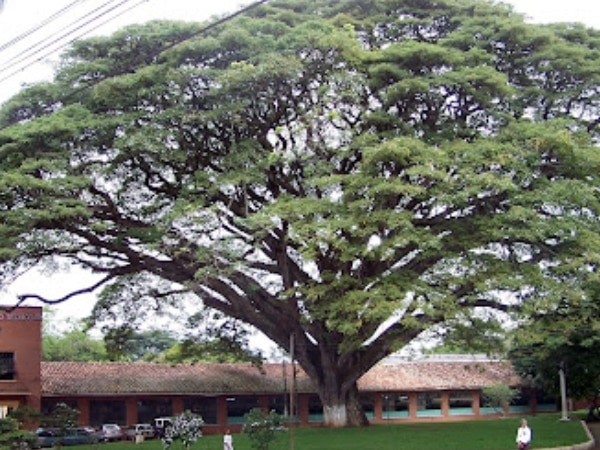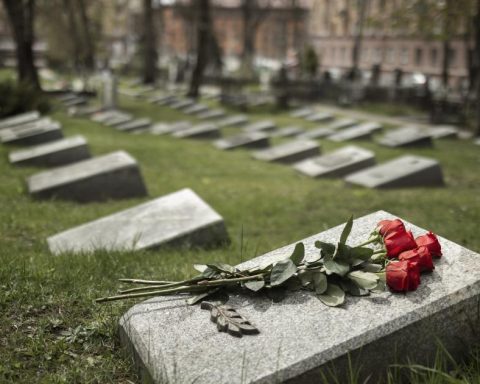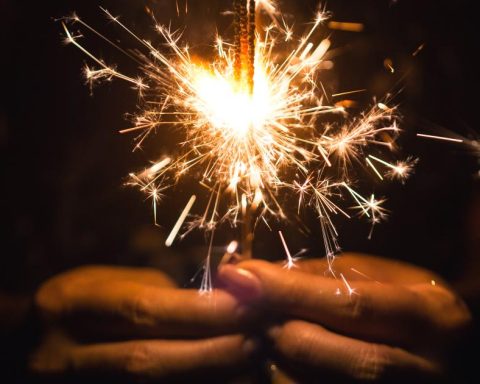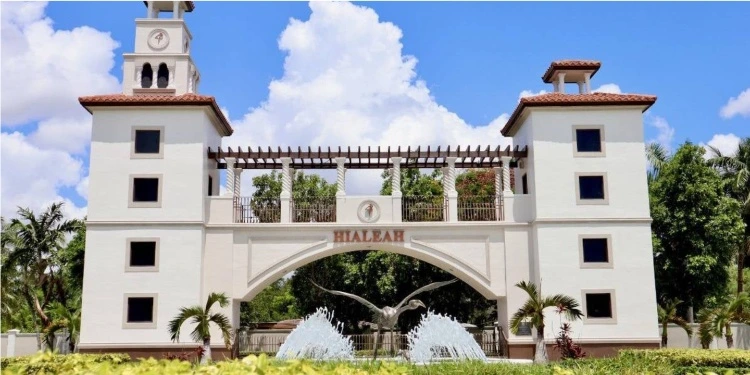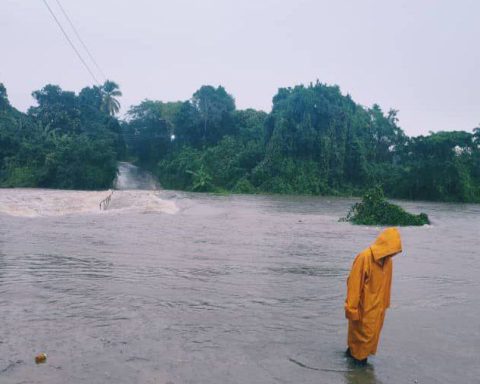In Santander de Quilichao, Cauca also known as La Tierra del Oro, has one of the largest samanes in South America with more than 100 years is the most beloved arboreo individual in the territory in the territory
Valley news
One of the greatest natural treasures and symbol of Santander de Quilichao are the samanes, monumental trees that have thrown roots in for more than 125 years. Among them is the greatest in South America, a majestic living being that remains silent witness to the history of the people.
Strategically located between Cali and Popayán, in the north of the department of Cauca, Santander de Quilichao It is much more than a point of passage.
Read also:
This tree, considered the oldest inhabitant in the municipality, took root in 1898. Although many tourists perceive it as a single copy, local history tells that two seeds were planted, guided from Tolima by the wise Guam and Apay.
The symbolic act of sowing this Samán was made by three citizens: Mr. José, Mr. Joaquín and Mr. Aristida, who saw in him the opportunity to compromise his land with a natural and national monument.

The Samán de Quilichao is not only a symbol of longevity, but also of greatness. It is one of the largest samanes in South America, surpassed only by another copy in Brazil.
Its imposing trunk measures 28 meters of circumference, its stem 26 meters and the total diameter of its cup reaches 75 meters. To embrace it completely at least 8 people with their arms extended are needed, and to surround their entire drink, more than 160.


Gold and Samanes municipality
Originally, the park where this natural giant is located was known as The Samán. It was not until 1910 that the name of Simón Bolívar Park was given, and in 1952 the statue of the Liberator was inaugurated, which accompanies it today.
This closeness is not accidental: Bolívar had a deep love for the department of Cauca, which he visited frequently, staying into haciendas of the Arboleda family.
It was precisely one of these visits when Bolívar received a letter from the congress proposing to become a monarch of the lands he had released. His response was overwhelmed: he preferred to be a citizen before noble. This historic letter, where he rejects titles and powers, is today exposed on the sides of his statue. For him, being a liberator was an adjective of war; Being a citizen, one of democracy.
According to Jackeline López, professional tourist guide «respect for Mother Earth is an ancestral practice among the Caucanos. Visiting Samán is not only a tourist act, but spiritual. Those who approach this tree do it with deep respect: they embrace him, they breathe deep, they think of their loved ones, in their wishes, in the energy that surrounds them. »
They raise their thoughts to the Tree Cup, apologizing for the mistakes of its generation and thanking for the teachings that this vegetable old man has witnessed low soles and centenary moons.
Thus, the Samán de Quilichao It’s not just a tree. He is a history witness, a memory guard, a symbol of resistance and a source of inspiration for new generations to grow with deeper roots, more solidarity branches and fairer fruits.
https://www.youtube.com/watch?v=klppazotkaq
https://www.youtube.com/watch?v=mpfezScvr2W
Young people visit the great Samán, representative and emblematic tree of Santander de Quilichao. He turned 125 and is 28 meters high, which makes him ideal for him to be part of the route to see birds such as blue head, carpenters among others. #Descubrecolombia pic.twitter.com/4lCxalfjlm
– Fontur Colombia (@fonturcol) April 7, 2023
